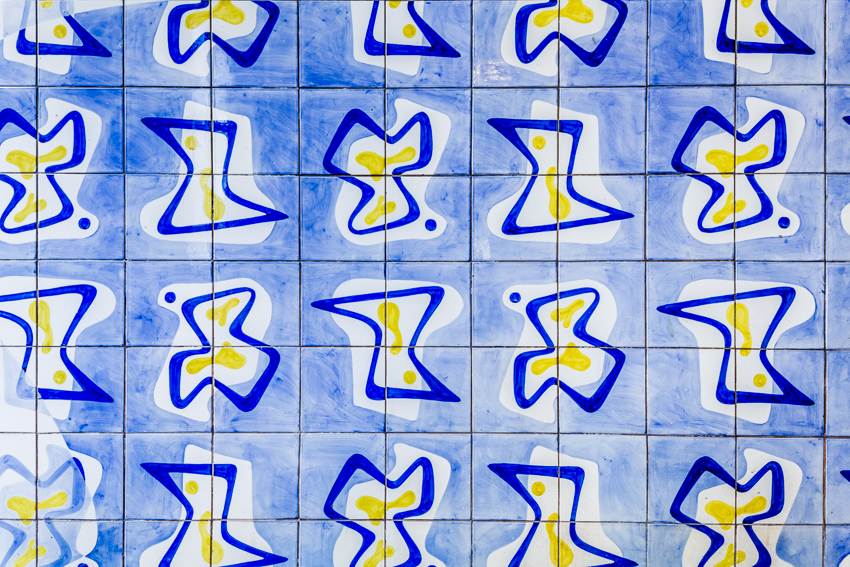Felix Candela, Hyperbolic Paraboloids and Paulista Architecture: Case Study
Keywords:
Félix Candela, Shells, Hyperbolic paraboloids. ConcreteAbstract
The plasticity of concrete allows the creation of large spaces enabling the execution of surfaces with different shapes. The architect Felix Candela contributed significantly to the technical field of reinforced concrete and its application in thin shells, applying the membrane equations to geometric forms known as hyperbolic paraboloids. The objectives of this research are to keep in evidence the work of Felix Candela, and identify the expression of Félix Candela concepts in Paulista architecture, searching for works where occurred the appropriation of concepts applied in the investigation of form and/or Candela techniques. The method was structured from case studies with the selection of works as part of a survey of published works on the Acrópole magazine (1950-1970), as the Centro de Serviço e Combustíveis da Cooperativa Agrícola de Cotia, 1958, and train stations of antique Mogiana Paulista, 1964. In addition, other very important works such as roofing of Pirituba municipal market, opened in 1972, and the metropolitan bus terminals Ana Rosa and Vila Mariana, inaugurated in 1974. The steps consist of bibliographic review, and field research with visits to the works in Mexico and São Paulo. The study shows the presence of works in Paulista architecture that, without losing its uniqueness, approach the ideas and work of Felix Candela.Downloads
Downloads
Additional Files
Published
How to Cite
Issue
Section
License
Authors who publish in this journal agree to the following terms:
a) Authors retain the copyright and grant the journal the right of first publication, with the Project simultaneously licensed under the Creative Commons Attribution License that allows the sharing of the Project with recognition of the authorship and initial publication in this journal.
b) Authors are authorized to assume additional contracts separately for the non-exclusive distribution of the version of the Project published in this journal (e.g., publishing in an institutional repository or as a book chapter), indicating that it was originally published in this journal, with a link to the article.








 Todo o conteúdo de Cadernos de Pós-Graduação em Arquitetura e Urbanismo está licenciado sob
Todo o conteúdo de Cadernos de Pós-Graduação em Arquitetura e Urbanismo está licenciado sob 